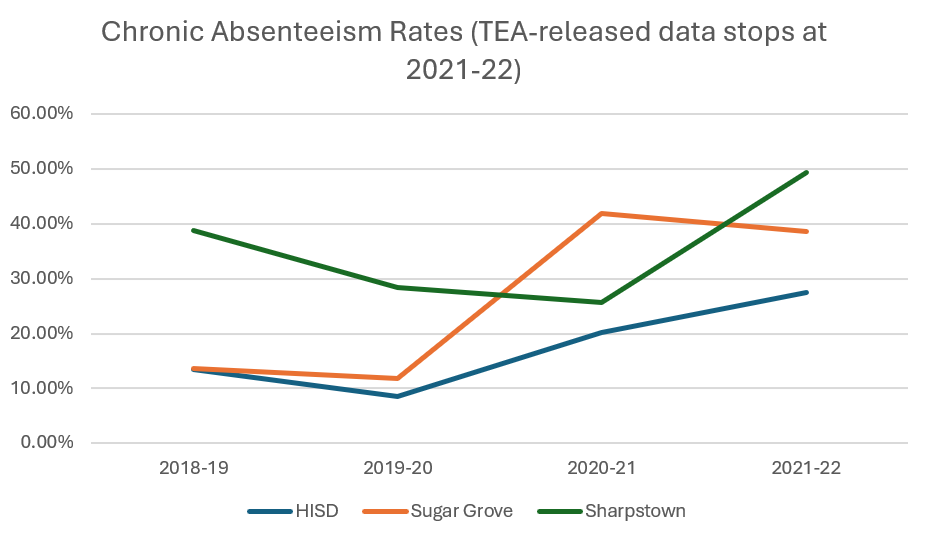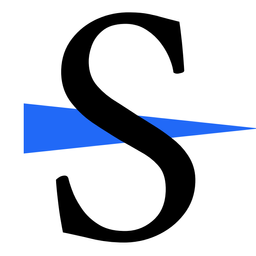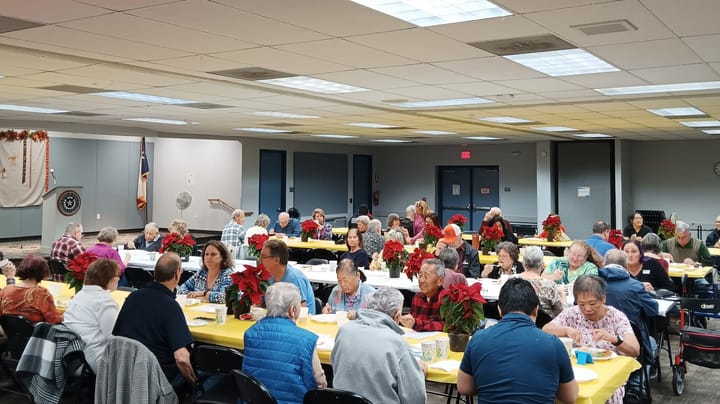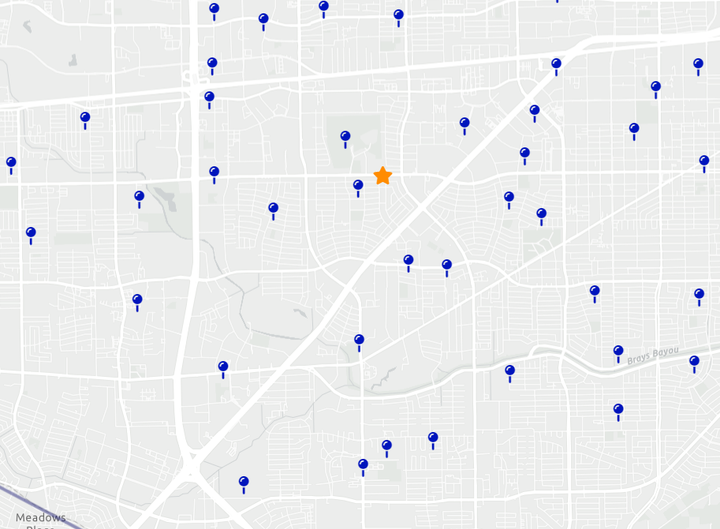Sharpstown High Has Been Plagued by Truancy, Low Attendance for Years. It's Not Getting Better

At 2:30 PM on Friday, five Sharpstown High students in black shirts gathered behind a brownish-orange shed next to the La Michoacana just across Bissonnet St from their school.
Three didn’t speak English, but one, sporting a faint mustache, said he wasn’t in school because classes are “boring—they wouldn’t teach us nothing good that we can use in life.” He only liked his third-period agriculture class.
Another, clean-shaven, with short black hair, said that the deans were “super strict.” Both agreed that they’d rather go to school if it taught more practical skills like “how to make money, start a business, get a job.” The first wanted to start his own mechanic shop one day, and the second wanted to become an entrepreneurial investor. They didn’t think it was practical to learn math or reading beyond the elementary level.
These school-skippers are part of a trend. At the far back corner of the grocery store, four more students in black shirts (the school's senior uniform color) sat against the outside wall. Between 2:00 and 2:30, twelve other students walked past the store or popped inside to buy something.
Neighbors are noticing. When Kim Hatton is gardening outside her home near Sharpstown High, she often sees students walking down her side street in the morning and early afternoon. Her husband Tim sometimes walks across the street to tell students to stop loitering in their widowed neighbor’s yard or ditch.
One time, he asked a group, “Is there a reason why you’re not in school?”
“Old man, you don’t need to ask me that,” a student replied.
The Hattons agreed that there has been “a marked increase in truancy issues” in the last 2-4 years. But this isn’t just an issue at Sharpstown High—it’s nationwide. According to the New York Times, “an estimated 26% of public school students were considered chronically absent last school year,” meaning they were absent for more than 10% of school days.
But Sharpstown High has a history of higher-than-normal absence rates, even before COVID. In 2018-19, 38.8% of the school’s students were chronically absent, according to the TEA. That number dropped to 25.7% in 2020-21—the lowest point in the last four years for which the TEA has released data. What’s shockingly high to the New York Times was a “good year” for Sharpstown.
The high absences may be partly due to the student population—83.4% "economically disadvantaged," mostly from low-income immigrant or refugee families. Many students are responsible for caring for siblings or even working to provide for their families, according to several Sharpstown teachers.
Sometimes, students drop out to get jobs, or their families move without telling the school.
But the teens sitting and standing around La Michoacana show that many students could be in school—they just don’t want to.
Friday wasn't an isolated instance. On April 9, when The Sharpener conducted earlier interviews in the area, a dozen students were hanging out around La Michoacana before school let out. HPD Officer Thibeaux patrols the area and sees kids walking the streets "daily" at "all hours."
The new principal, T.J. Cotter, has been tightly enforcing cell phone bans and the school’s new dress code, but what about enforcing attendance?
Sharpstown High has historically had lower attendance than neighboring Sugar Grove Academy and HISD as a whole, but Sharpstown’s attendance this year dropped even lower—from 89.8% last school year to 86.3% as of April 23 this year. Meanwhile, Sugar Grove, headed by new principal Noe Garcia, boosted attendance from 93% to 96.1%.

But attendance rates may not tell the whole story. According to the TEA’s press office, each school’s official attendance rate is calculated based on attendance taken “at the official attendance time the district determines, usually 2nd or 5th period.” So if a student leaves after the official attendance time, their absence would not be represented in those numbers.
Kim Hatton said that when she was a substitute teacher in HISD ten years ago, schools took roll at 9:00 AM. If a student snuck out after roll, they might be missed. But "if the names are on the roll, the school gets the government money.”
An attendance rate of 86.3% could also give the misleading impression that 86.3% of students attended Sharpstown regularly this year. In reality, it just means that on an average day, 86.3% of enrolled students attended.
Chronic absenteeism rates tell a grimmer story. In 2021-22, when Sharpstown High had 85.2% attendance, 49.4%—nearly half—of its students were chronically absent, missing more than 17 school days. The TEA has not yet released chronic absenteeism rates for 2023-24, but this year’s rates would likely be similar.

Sharpstown High students Daniel Paz and Mishael Guiterrez said many of their peers had been skipping school because of Principal Cotter's strict policies and alleged yelling: “They don't like being in school because of the principal.”
What is Sharpstown High doing about truancy and low attendance?
Back on April 8, Kim said that the school's police officers don’t appear to be doing anything about truant students. “We never see them patrolling.”
She said that when she talked to the school and HISD police about truancy in the past, they said they didn't have the authority to do anything.
But on April 17, she said that HISD PD sent an officer to address a call about two teenagers hanging out in her neighbor's ditch.
The day before, Officer Thibeaux received an officer assist call to help HISD PD near the school. HISD's police were detaining a student, and an unknown person fired a shot, he said. But they never found the weapon.
So HISD police appear to be getting more active off campus. On May 2, Kim texted, "I have been 'somewhat' encouraged by more engagement by HISD Police 'visibly' in our area. But the kids are still walking all times of the day up and down our street and loitering at La Michoacana."
The added police presence may help—but likely won't address the causes underlying truancy and chronic absences.
What will?
Conflict of Interest Statement: At the time of publication, Tyess Korsmo and the Hattons all attended University Park Baptist Church.
Send us your thoughts at sharpstownsharpener@gmail.com.
Below, read about how Principal T.J. Cotter has changed Sharpstown High:





Comments ()